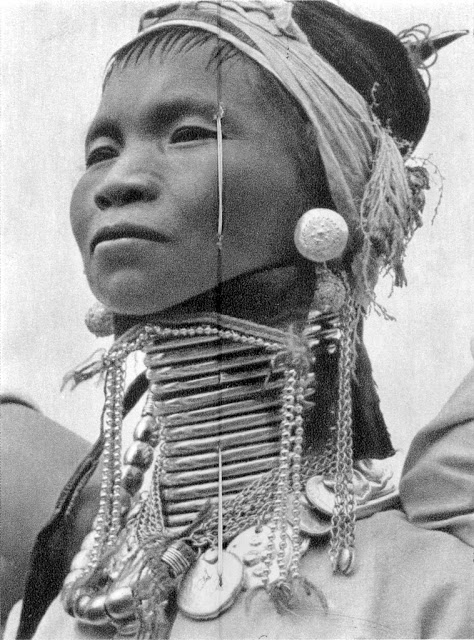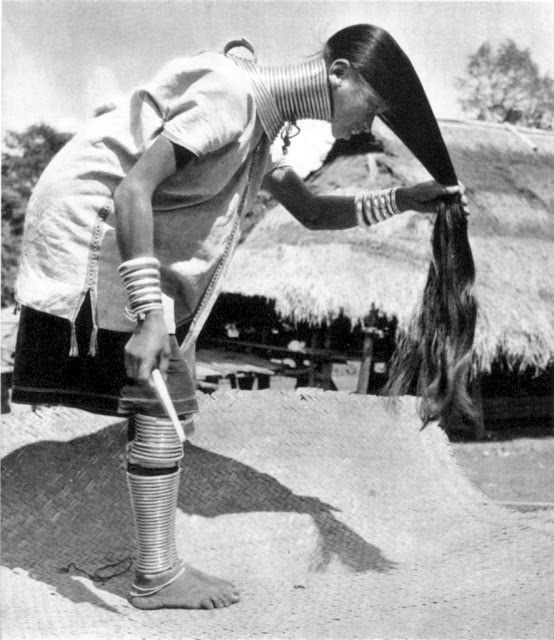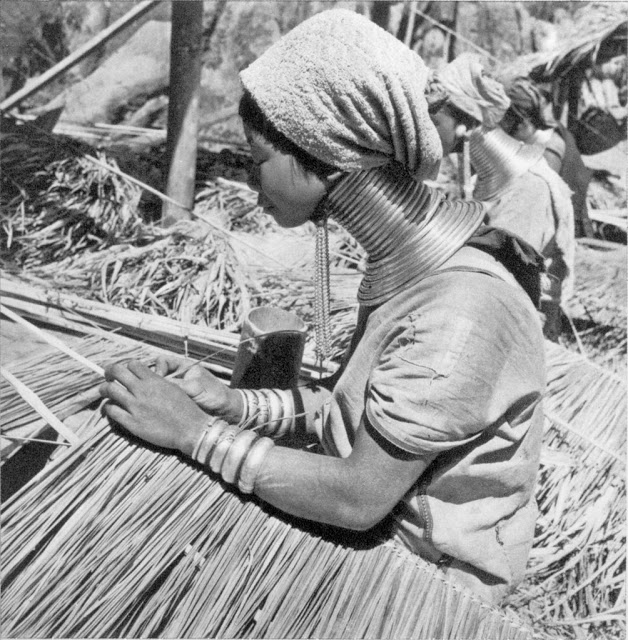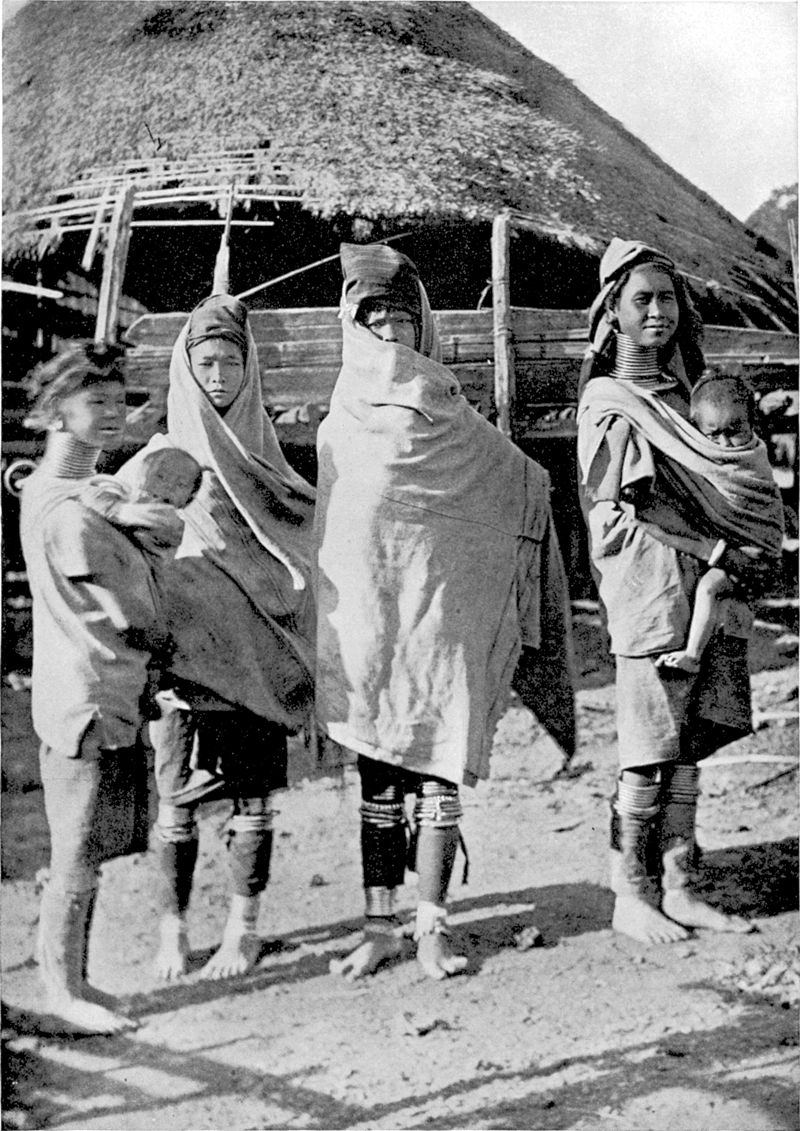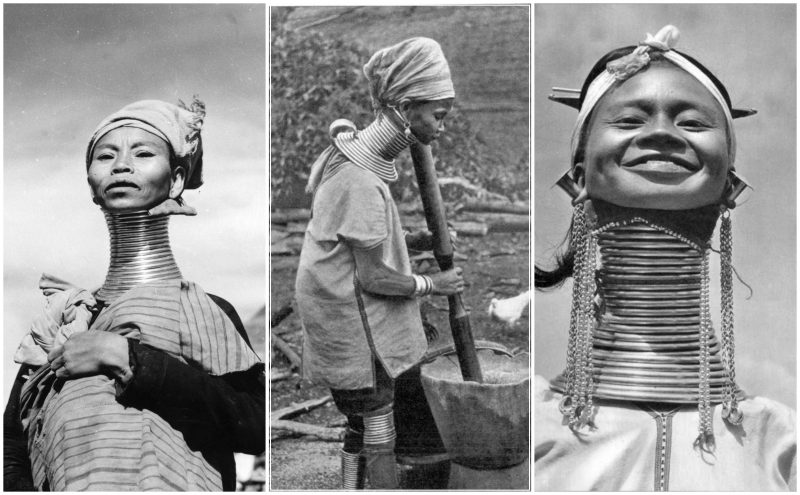Women of the Kayan tribes( Myanmar (Burma)) identify themselves by their forms of dress. Women of the Kayan Lahwi tribe are well known for wearing neck rings, brass coils that are placed around the neck, appearing to lengthen it. The women wearing these coils are known as “giraffe women” to tourists and Padaung (Yan Pa Doung) is a Shan term for the Kayan Lahwi.
Girls first start to wear rings when they are around 5 years old. Over the years the coil is replaced by a longer one and more turns are added. The weight of the brass pushes the collar bone down and compresses the rib cage. The neck itself is not lengthened; the appearance of a stretched neck is created by the deformation of the clavicle.
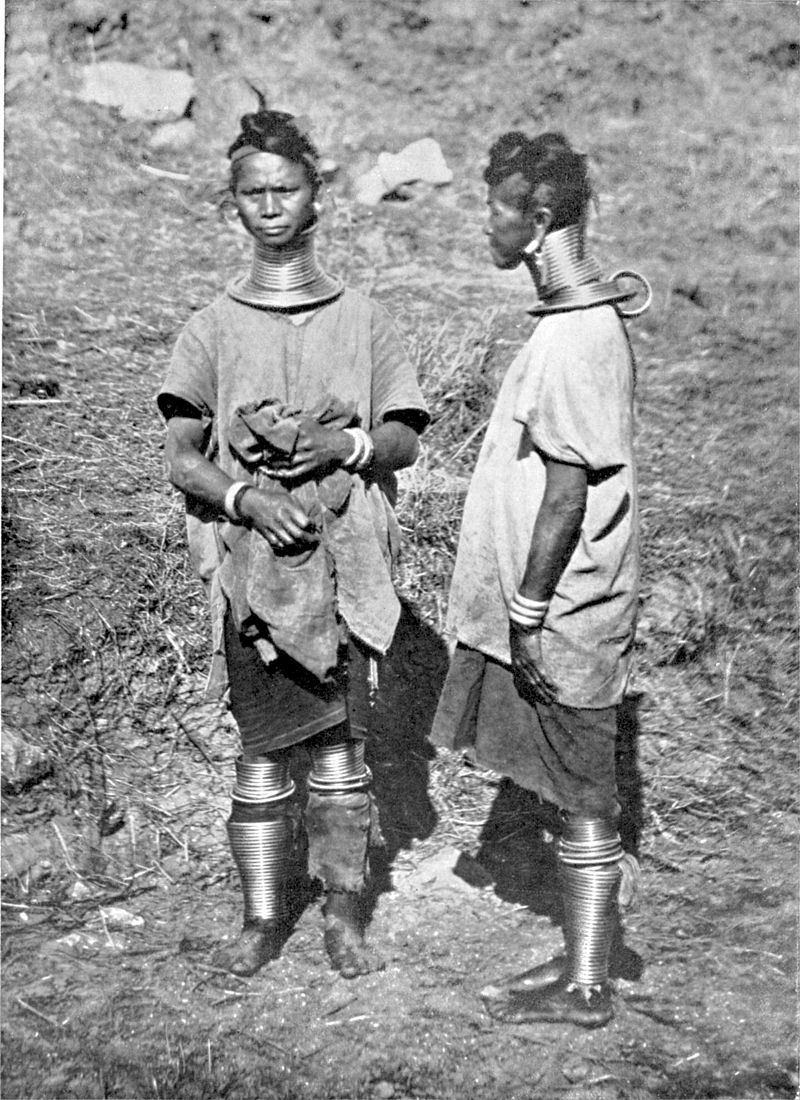
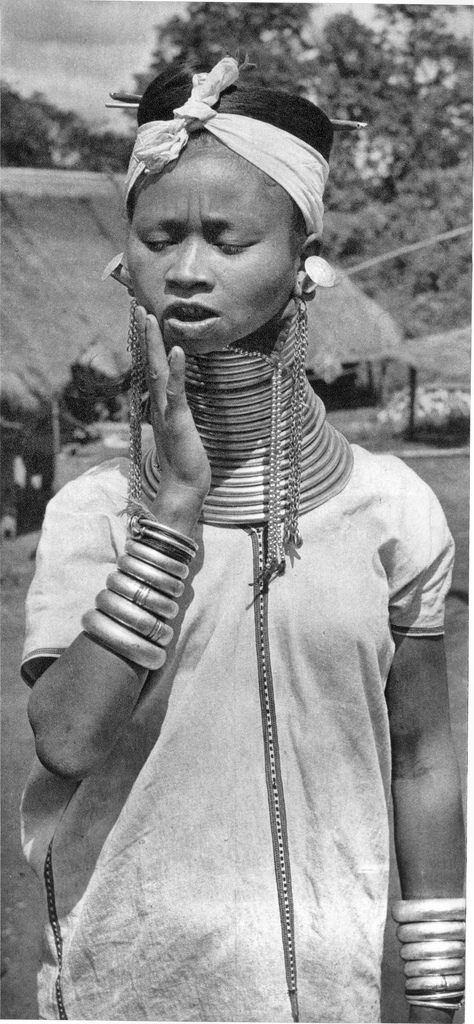
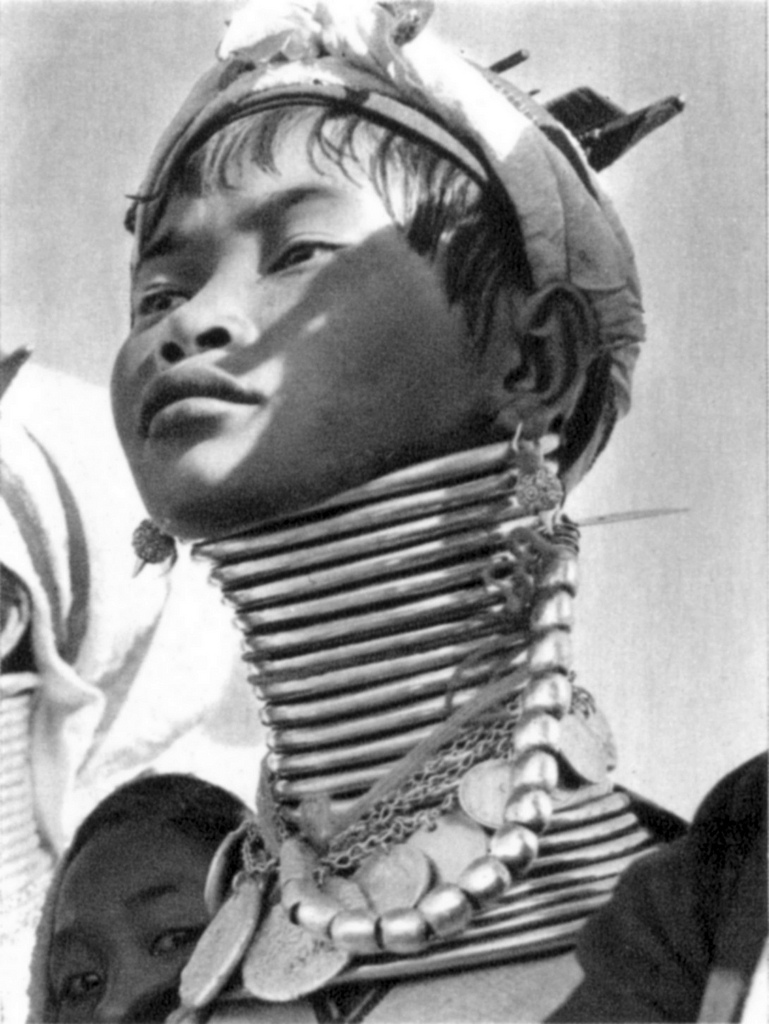
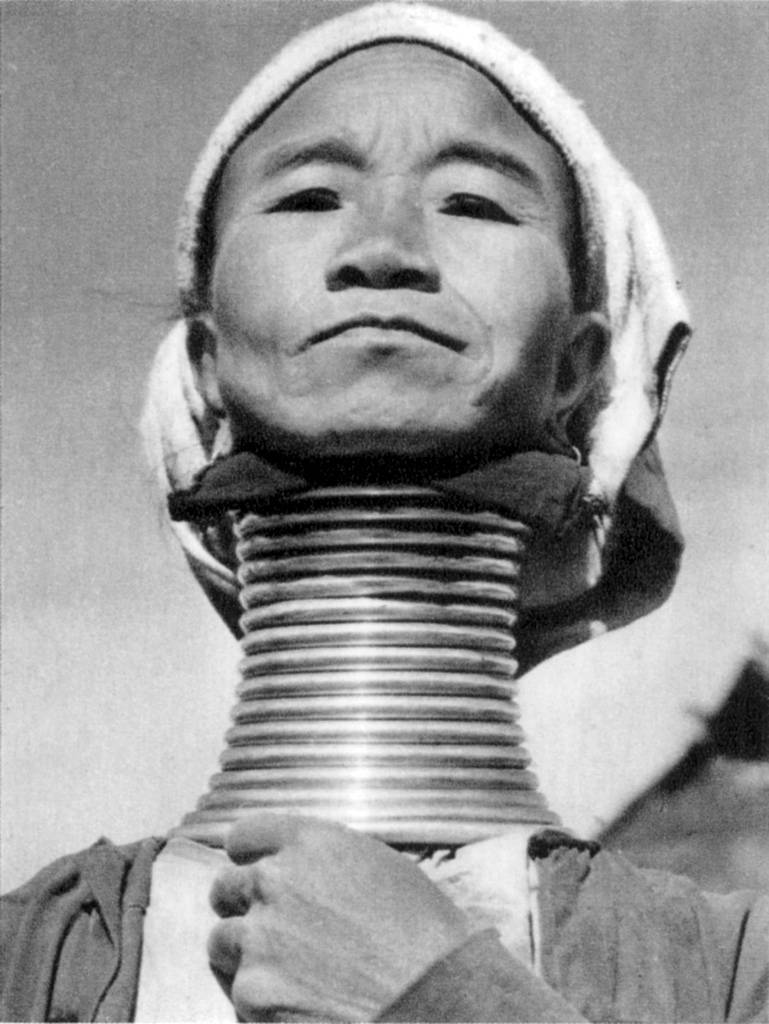
Many ideas regarding why the coils are worn have been suggested, often formed by visiting anthropologists, who have hypothesized that the rings protected women from becoming slaves by making them less attractive to other tribes. It has also been theorised that the coils originate from the desire to look more attractive by exaggerating sexual dimorphism, as women have more slender necks than men. It has also been suggested that the coils give the women resemblance to a dragon, an important figure in Kayan folklore.The coils might be meant to protect from tiger bites, perhaps literally, but probably symbolically.
Kayan women, when asked, acknowledge these ideas, and often say that their purpose for wearing the rings is cultural identity (one associated with beauty).
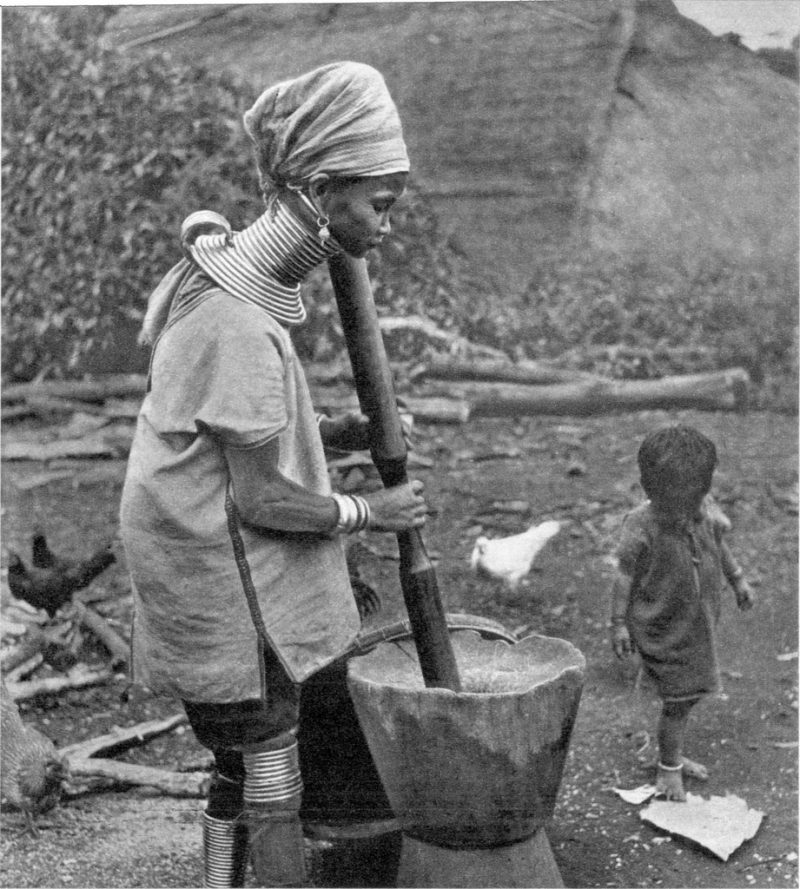
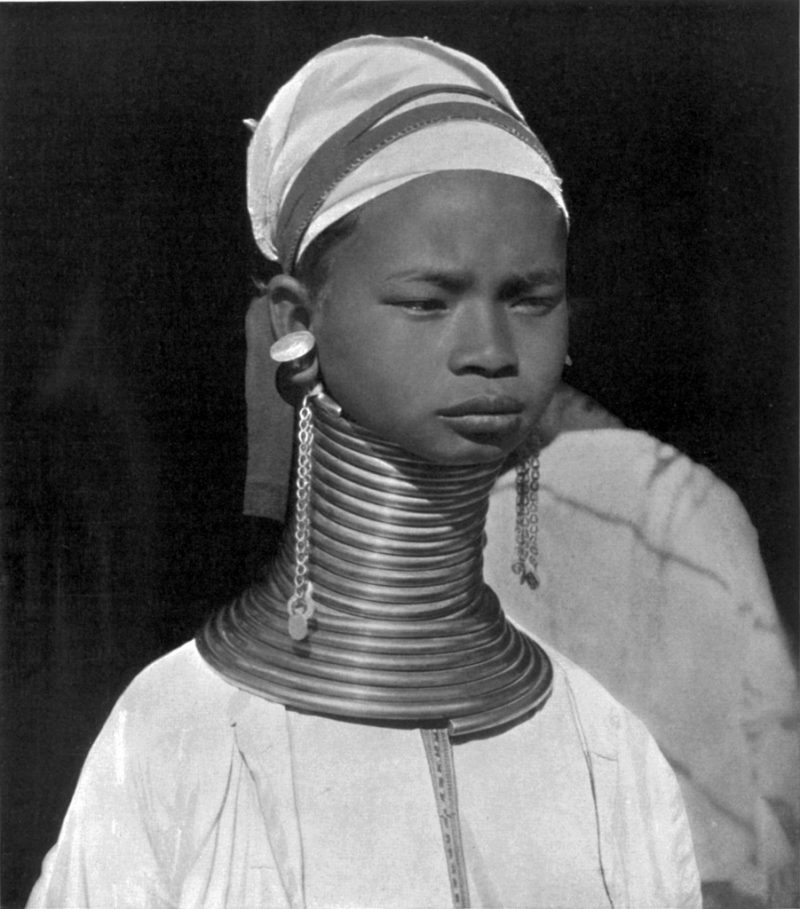
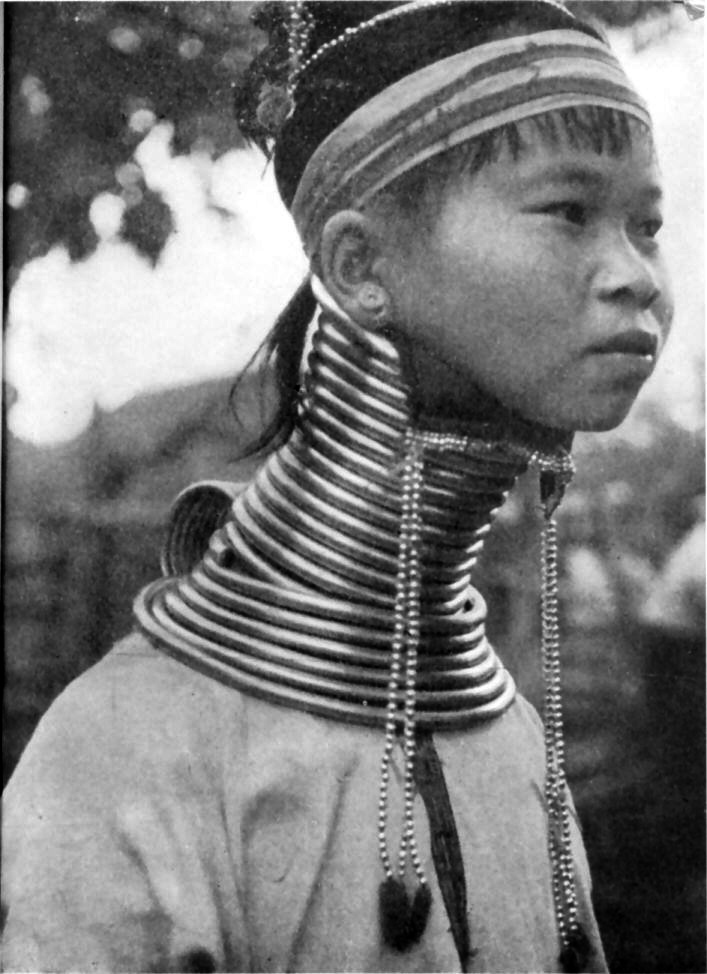
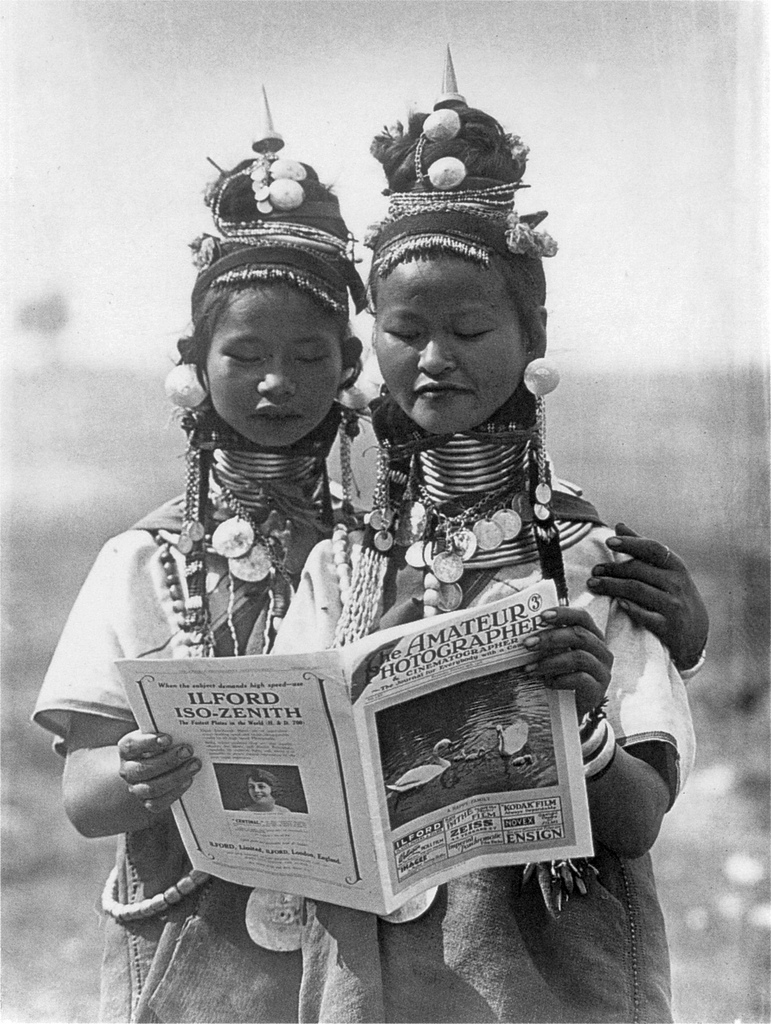
The coil, once on, is seldom removed, as the coiling and uncoiling is a lengthy procedure. It is usually only removed to be replaced by a new or longer coil. The muscles covered by the coil become weakened. Many women have removed the rings for medical examinations. Most women prefer to wear the rings once their clavicle has been lowered, as the area of the neck and collarbone often becomes bruised and discolored. Additionally, the collar feels like an integral part of the body after ten or more years of continuous wear.
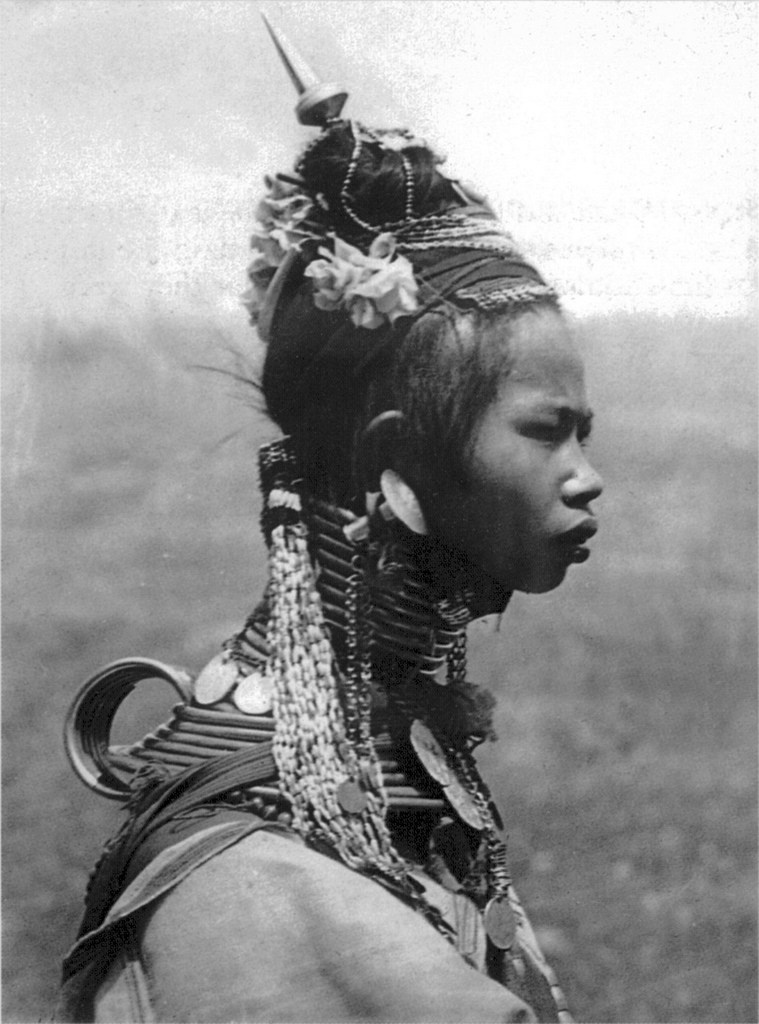
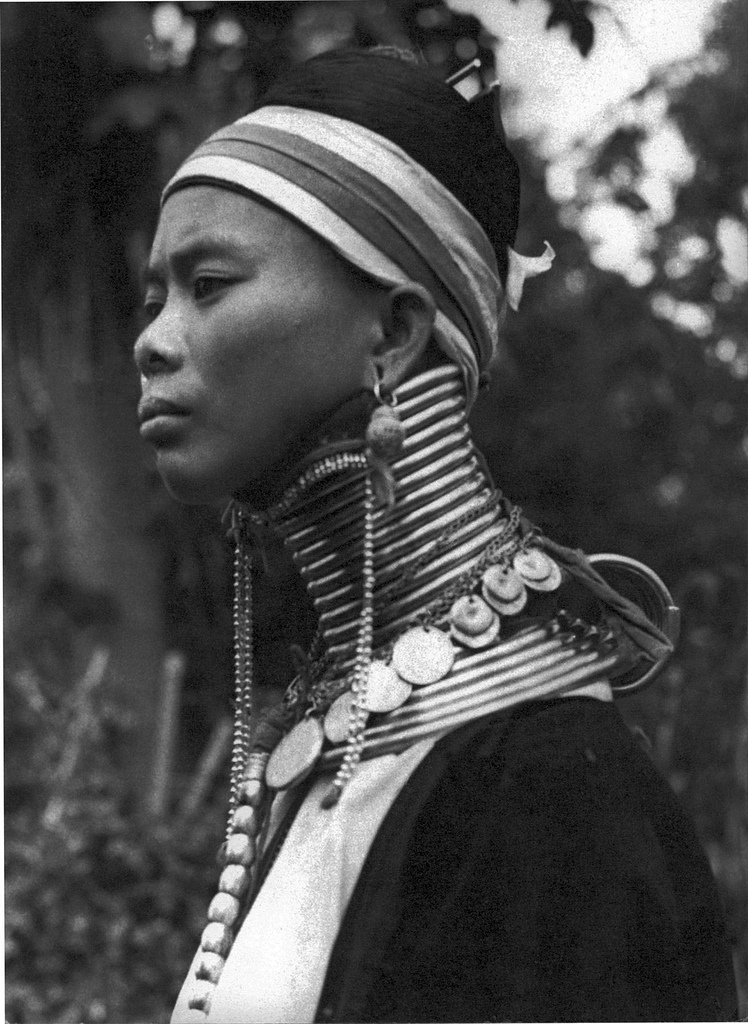
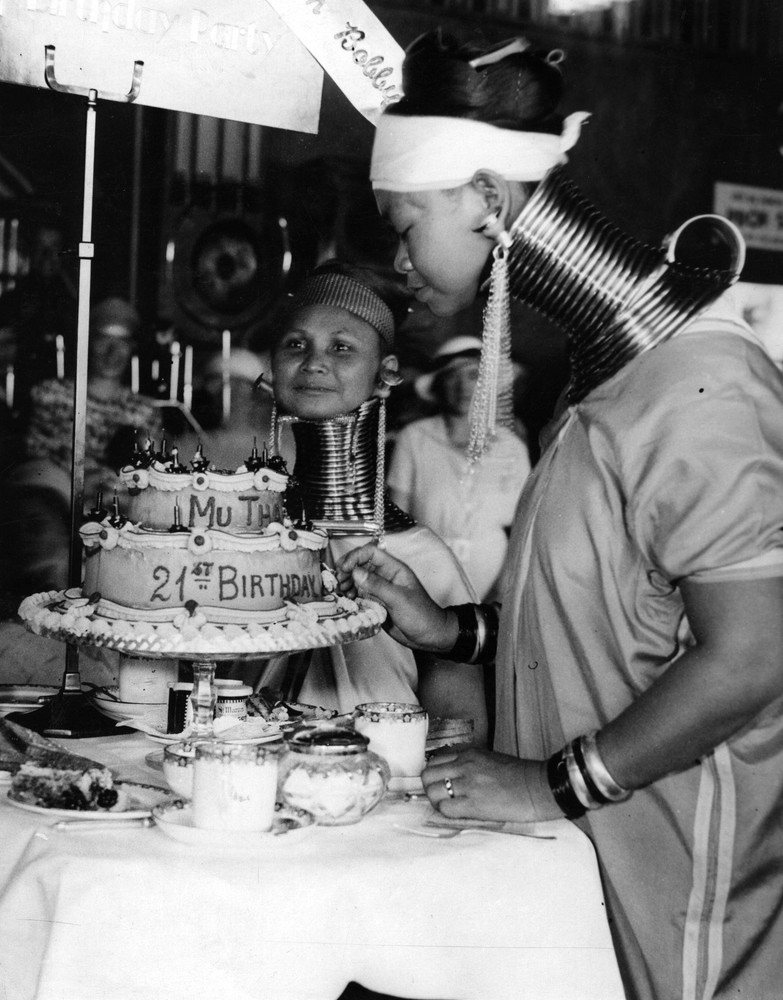
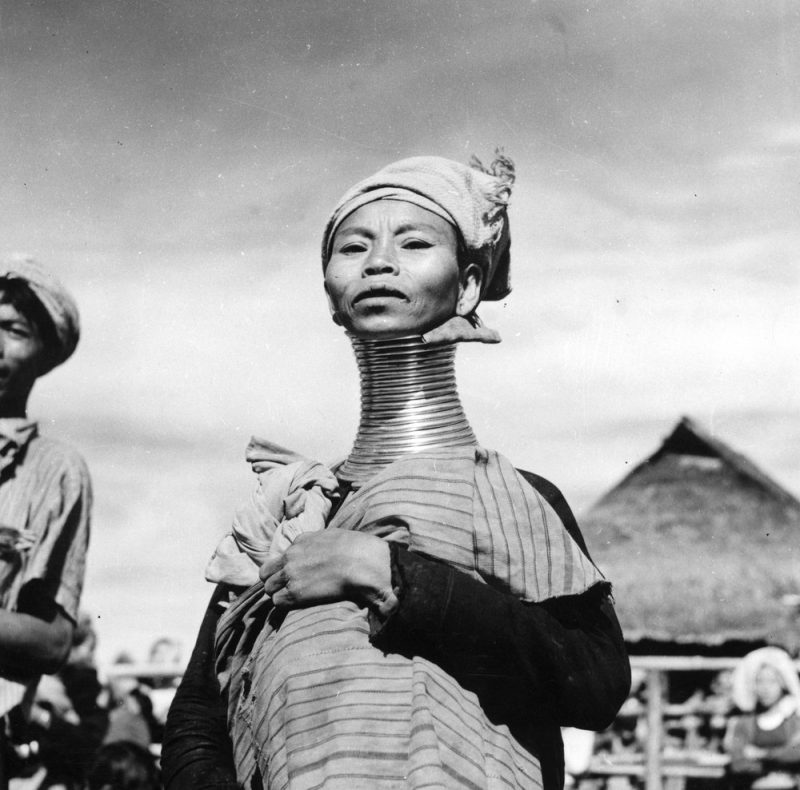
The government of Myanmar began discouraging neck rings as it struggled to appear more modern to the developed world. Consequently, many women in Myanmar began breaking the tradition, though a few older women and some of the younger girls in remote villages continued to wear rings. In Thailand the practice has gained popularity in recent years because it draws tourists who bring revenue to the tribe and to the local businessmen who run the villages and collect an entry fee of 250 baht per person. The Karenni National People’s Liberation Front (KNPLF), an armed cease-fire group, have made attempts to invite the Kayan to return to Kayah State to set up their own tourist villages.
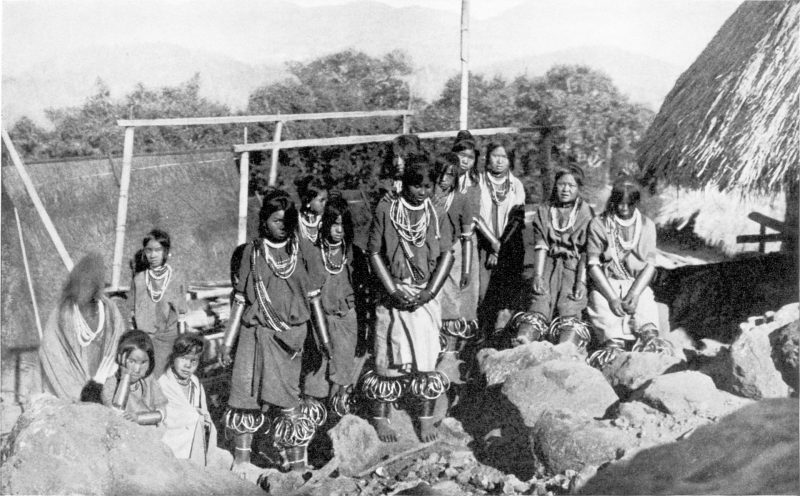
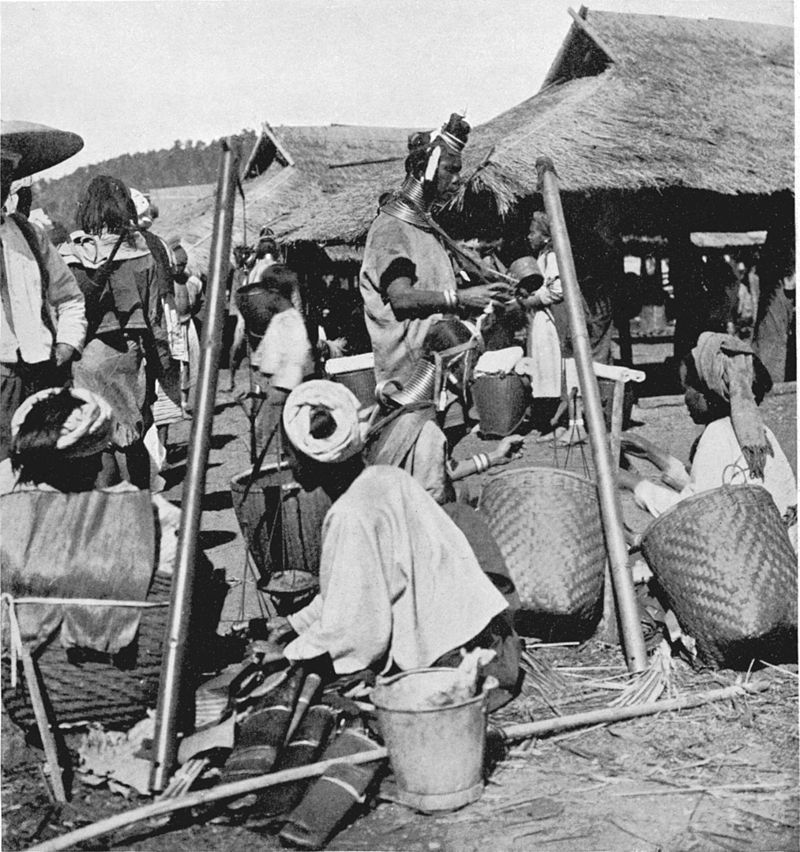
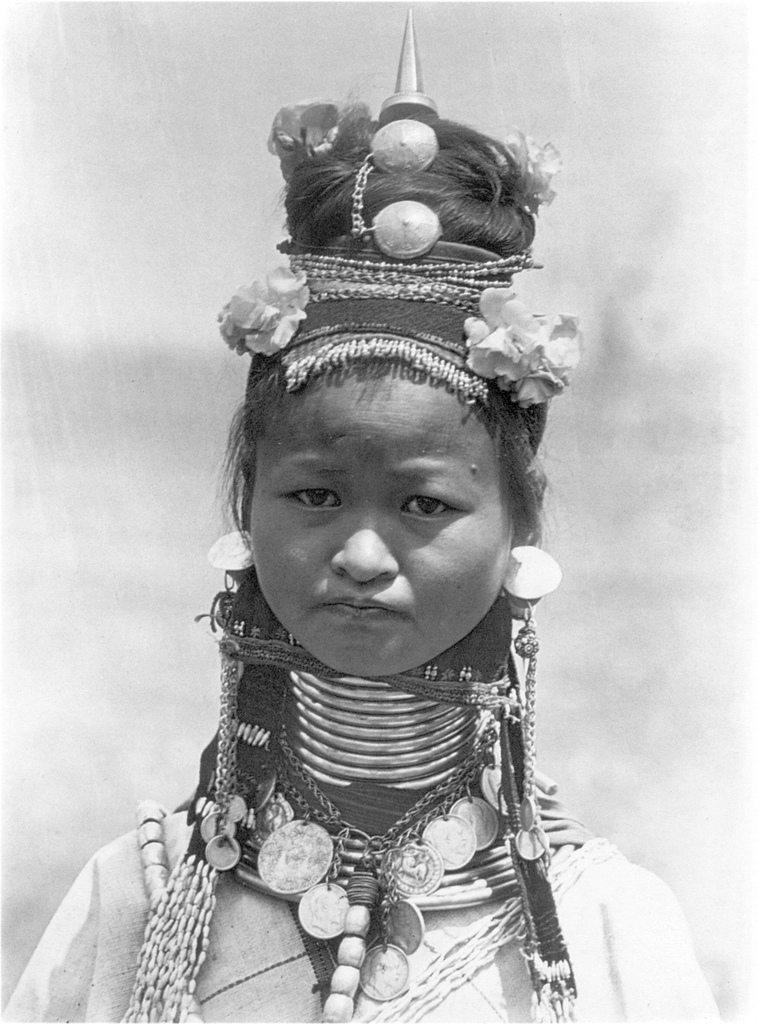
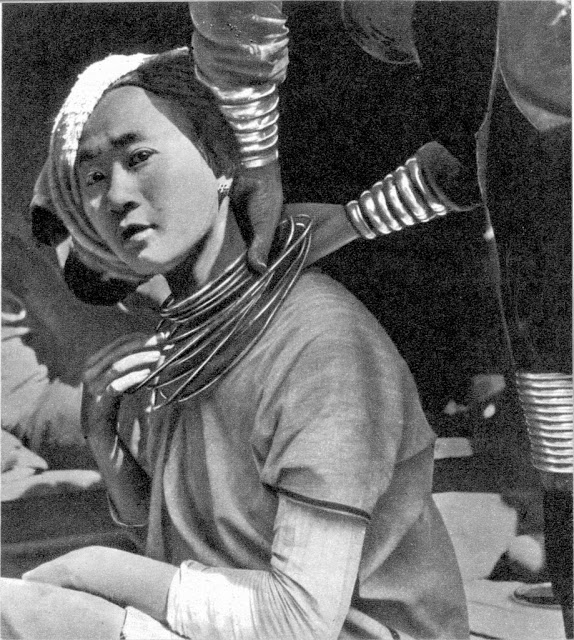
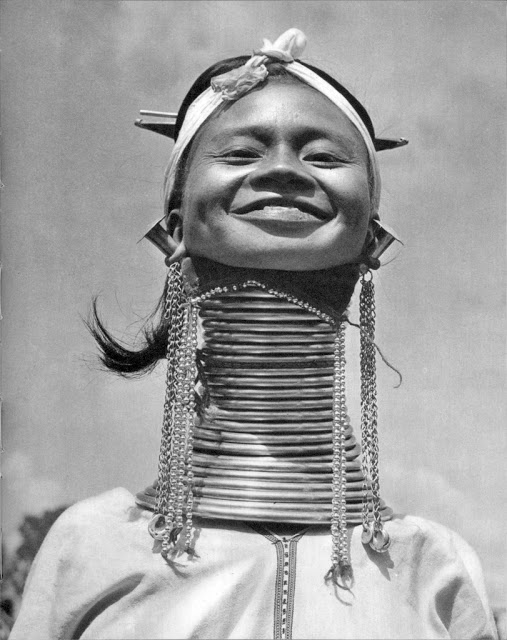
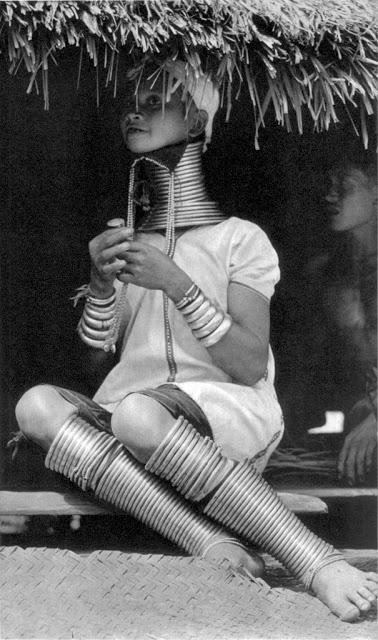
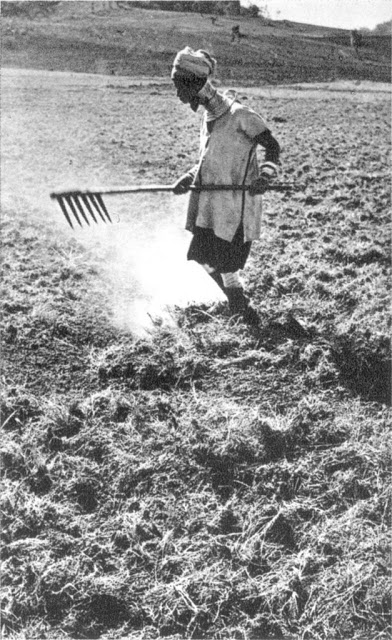
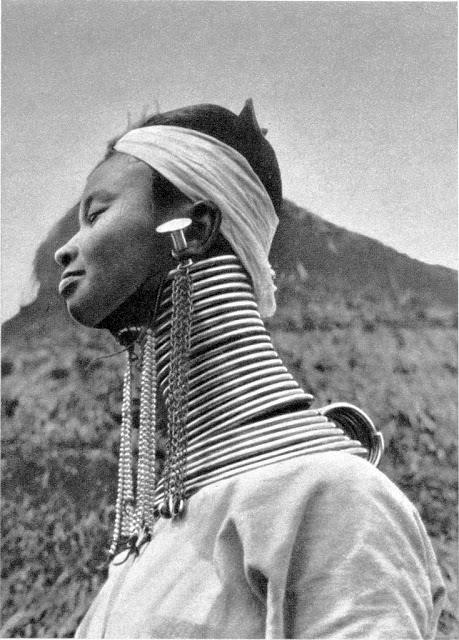
In January 2008 the UNHCR expressed reservations about tourists visiting the Kayan villages in Northern Thailand due to the provincial government’s refusal to allow registered Kayan refugees to take up offers of resettlement in developing countries. It is believed this policy was linked to their economic importance to the area. This policy was relaxed in late 2008 and a small group of Kayan have left for New Zealand in August 2008.Others entered the main Karenni refugee camp (which is not open to tourists) in September 2008 and they are now eligible for resettlement.
